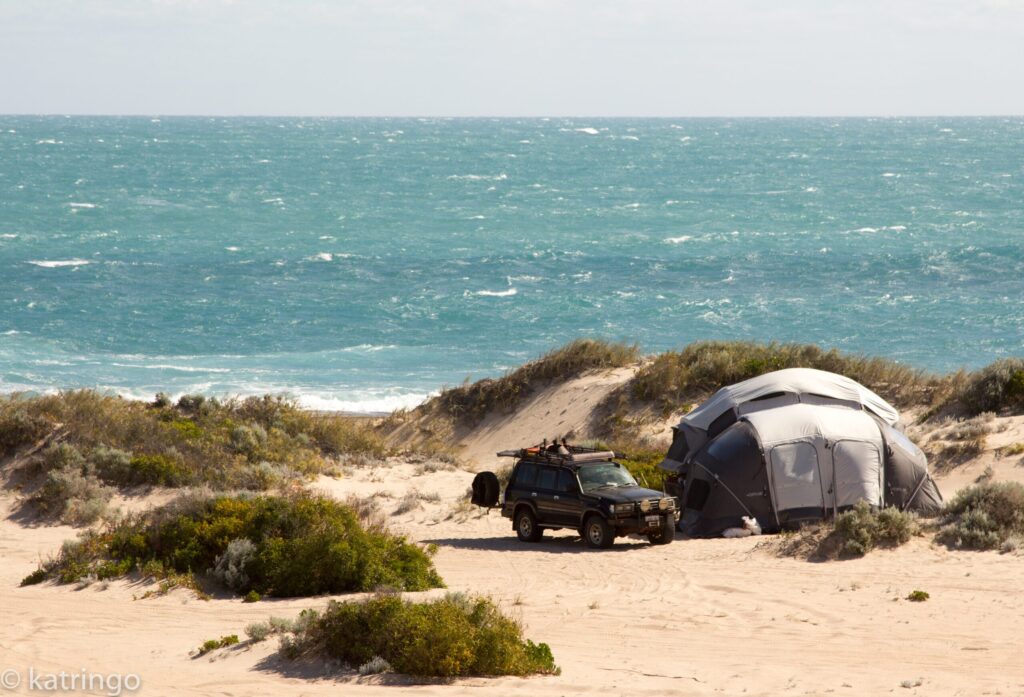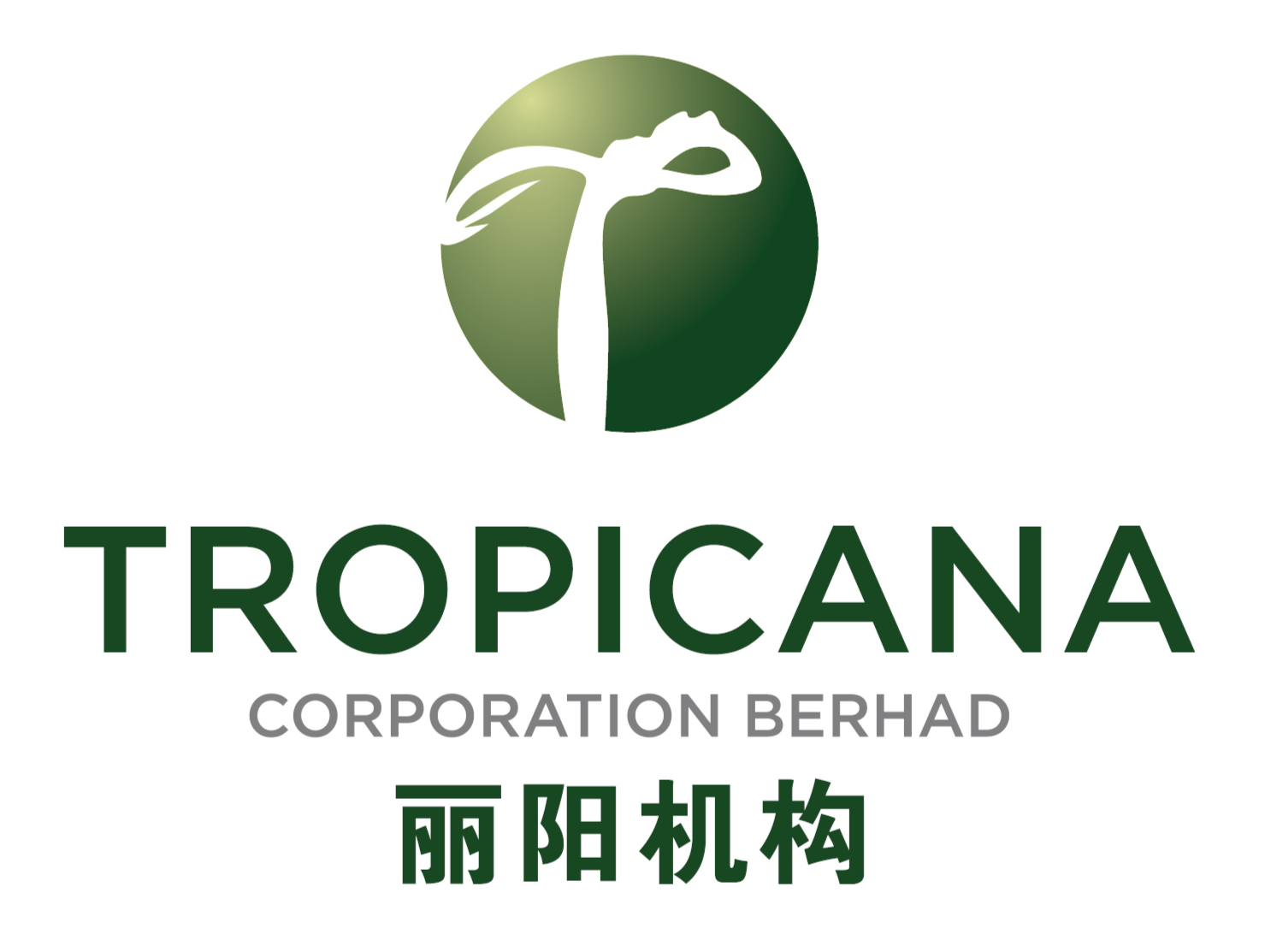13 OFF-THE-BEATEN TRACK EXPERIENCES ON YOUR NEXT CORAL COAST HIGHWAY ADVENTURE
18/01/2024
Touted as one of Australia and the world’s greatest drives, the Coral Coast Highway is the 1,250 kilometre road trip between Perth and Exmouth.
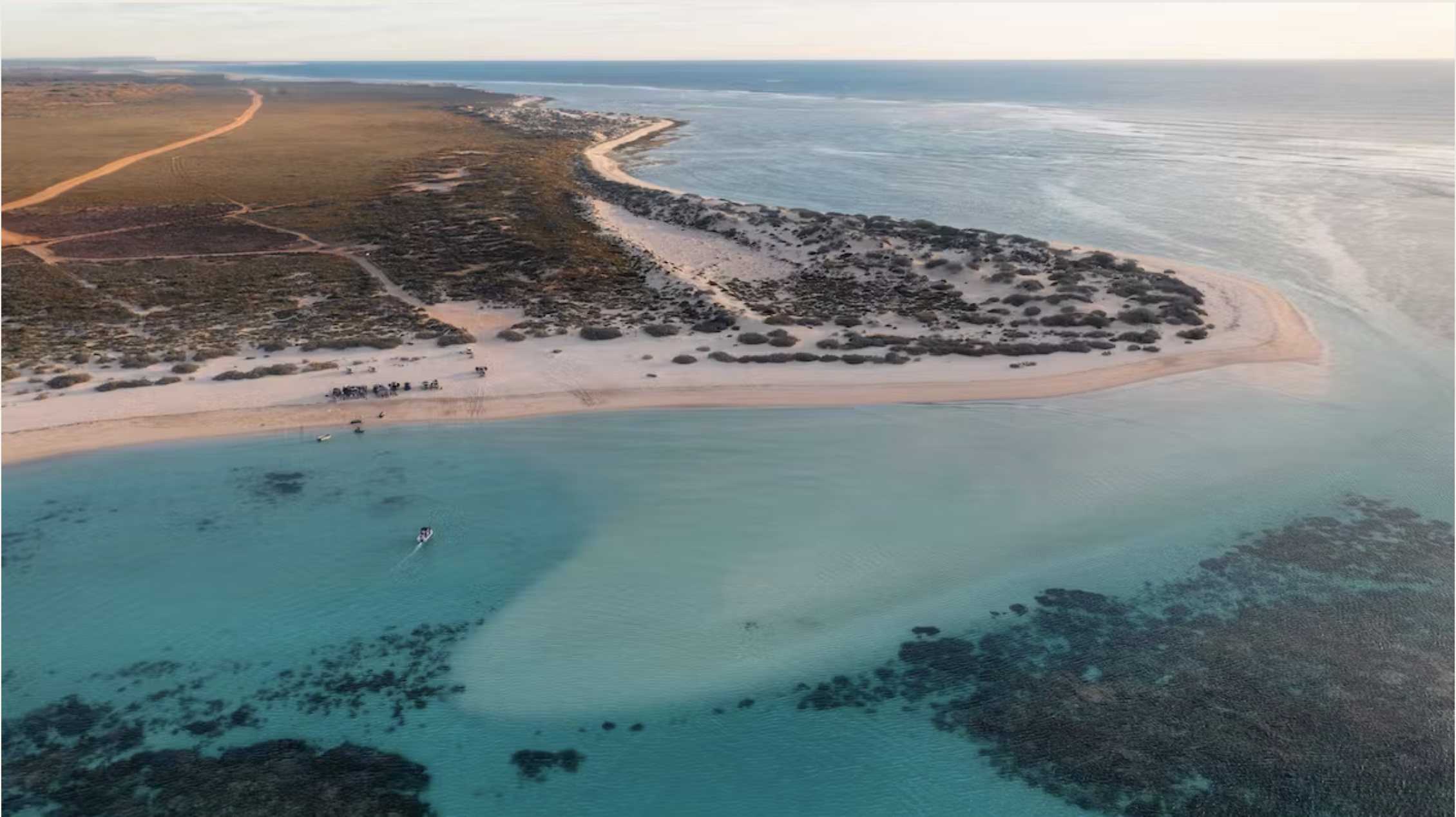
From the oldest living lifeforms to two World Heritage Areas, the Coral Coast Highway truly is a world-class road trip – and it starts right here in Perth. If you want to get off the beaten track and explore the hidden gems, a 4WD is a non-negotiable, and whether you’re into natural beauty, four-wheel driving or idyllic island adventures, we’ve nailed down the guide of where you’ll want to go.
CERVANTES SAND DUNES
Cervantes is the gateway to the iconic Pinnacles desert and the southern entry to the Coral Coast region. Known for its snow-white beaches, turquoise waters, and four-wheel driving adventures like the 25 kilometre Cervantes to Jurien Bay track (accessible via the Indian Ocean Drive), which will take you over the dunes onto the beach and to Hill River. The dunes are a favourite spot for sandboarding, so you can sail down the soft slopes with the salty breeze in your hair, and follow it up with a night camping under a diamond sky.
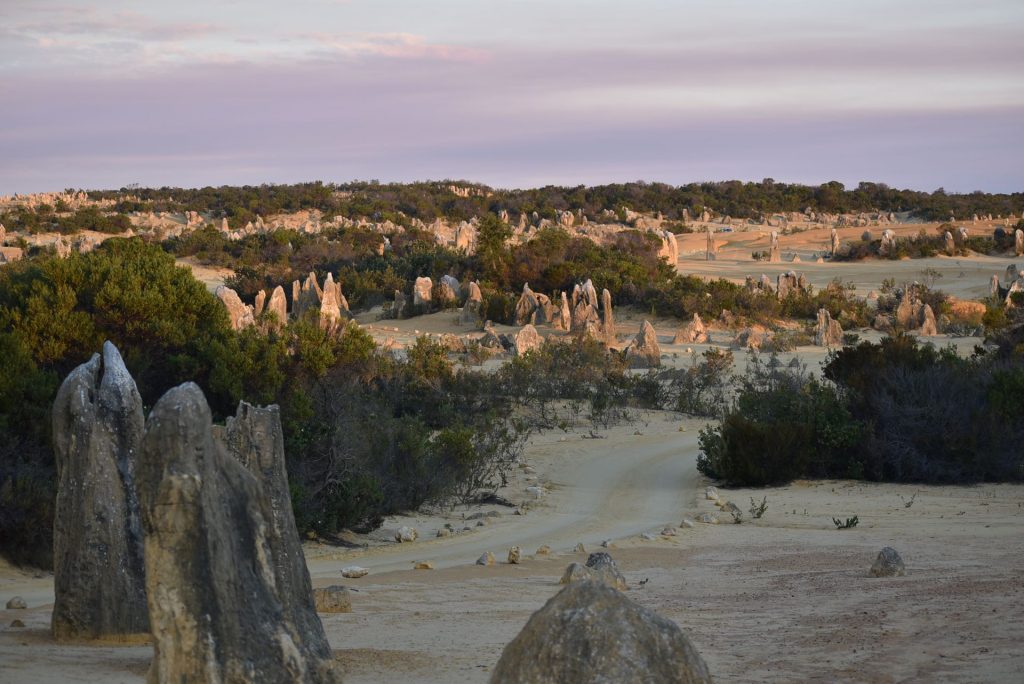
STOCKYARD GULLY CAVES
Three hours by car north east of Perth and 35 minutes inland from Leeman, Stockyard Gully National Park is home to an enthralling collection of limestone caves that lead to an underwater river system. The name originated from the stockmen who used the deep and cool gullies as a natural holding pen for their cattle back in the ‘50s, and it’s well worth taking a walk through the 300-metre length of the largest cave, which is by far the most impressive. Challenge yourself to the smaller caves which require a little more manoeuvring to get through. Keep in mind a four-wheel drive vehicle is also necessary to reach the cave car-parks.
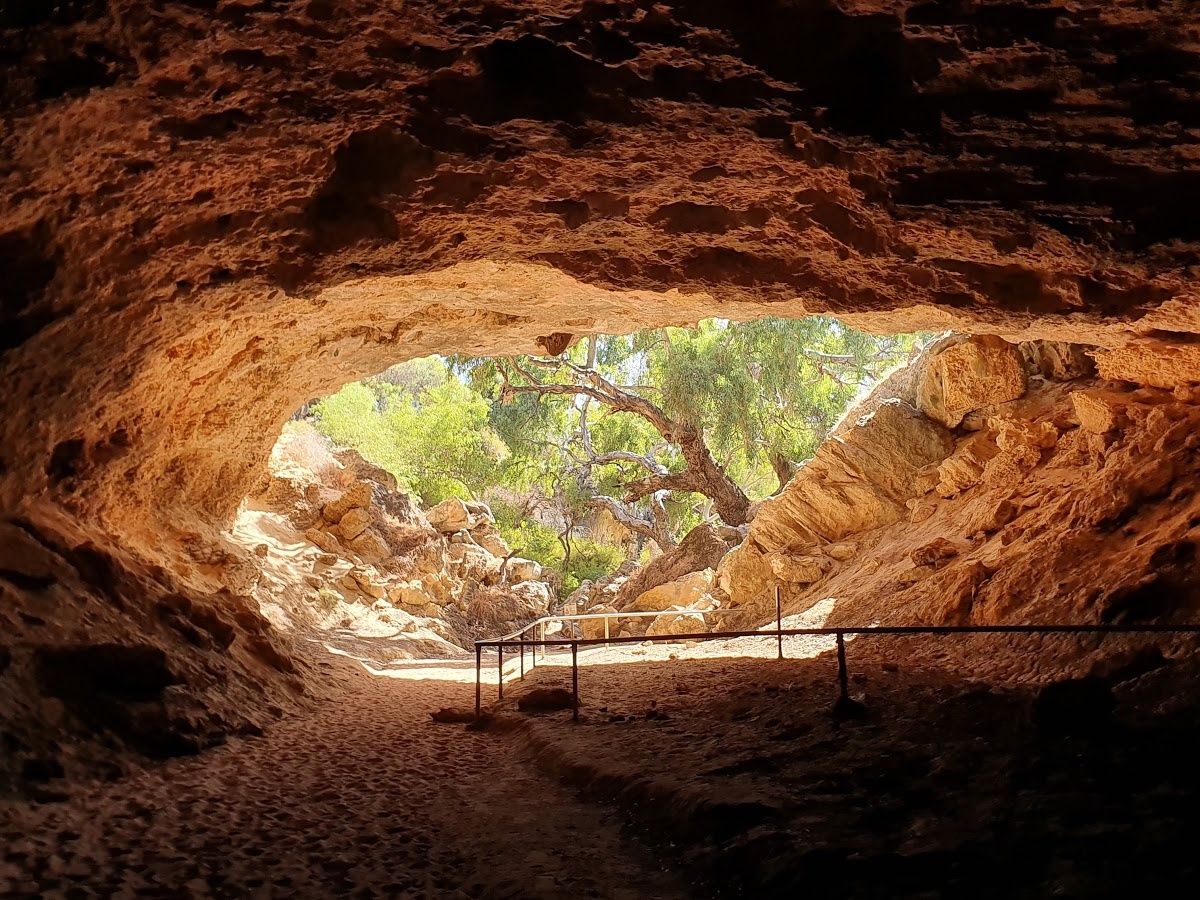
HOUTMAN ABROLHOS ISLANDS
Boasting a history rich in tales from a thriving pearl industry, decades of crayfishing and numerous shipwrecks, The Houtman Abrolhos Islands (or Abrolhos Islands as they are more commonly known), are a cluster of 122 islands which form three main groups (Wallabi, Easter and Pelsaert), located approximately 60 kilometres west of Geraldton. The destination is a mecca for all things fishing, snorkelling, diving and bird watching, and is often described as the Galapagos Islands of the Indian Ocean as few places in Australia have a greater biodiversity.
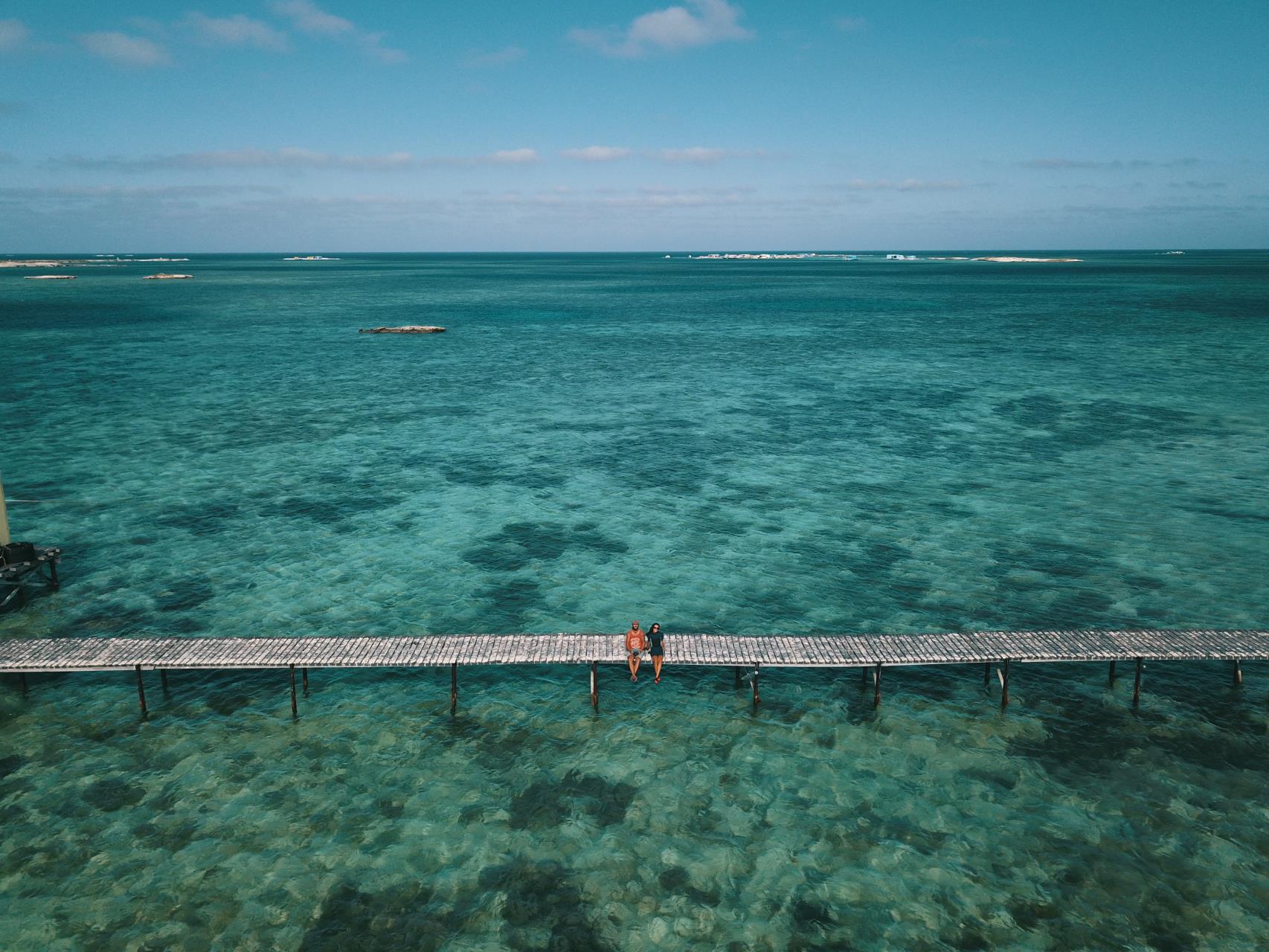
The islands are home to more than 140 species of native flora and rare fauna, including the tammar wallaby and endangered Australian sea lion. While migrating humpback whales are regularly sighted frolicking in the waters between July and September each year. There are options to jump on a fishing charter, scenic flight or eco cruise, so you’re covered whether you want to explore by sea or sky.
LUCKY BAY, KALBARRI
While just about every man and his dog knows about Lucky Bay in Esperance, have you heard of the one in Kalbarri? Perched 30 minutes south of the town centre, this four-wheel-drive only, beachfront campsite nested amongst the sand dunes is ideal for an off-the-beaten-track getaway. It’s here where days are spent by the beach, swimming, fishing and exploring the sand dunes. If you’re down for an off-road quad bike adventure, Wagoe Beach Quad Bikes are located nearby and are sure to get the adrenaline pumping!
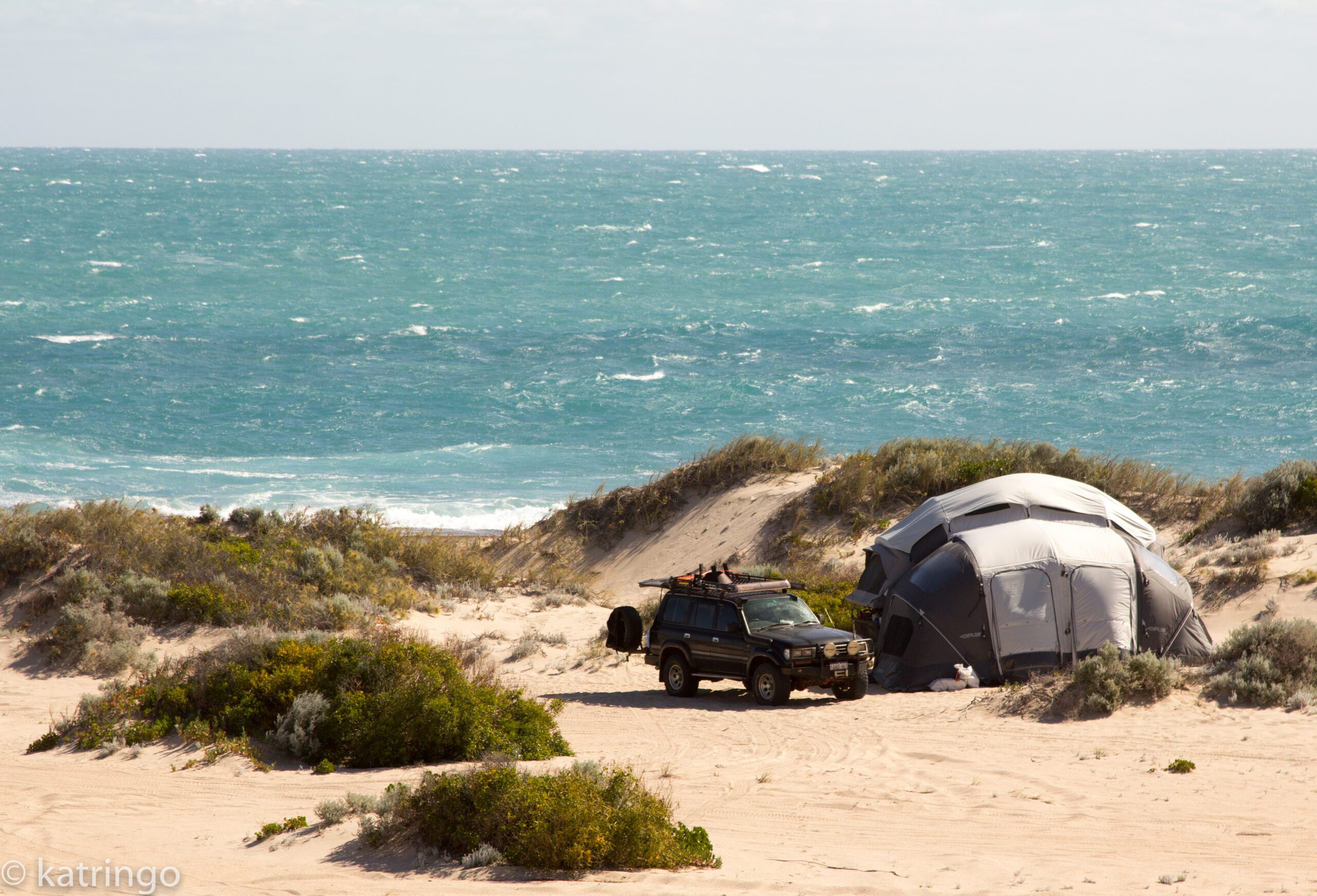
DIRK HARTOG ISLAND
WA’s largest island is the site of the first recorded European landing on Australian soil, by the island’s namesake Dutch captain Dirk Hartog in 1616, this is Australia’s westernmost point. A place where fishing is among the world’s best, snorkelling is otherworldly and four-wheel-drive adventures happen on the daily. Located within the UNESCO Shark Bay World Heritage area, Dirk Hartog Island’s vegetation consists predominantly of low eucalypts, acacias and grass areas set against a backdrop of rugged gorges, ochre-red cliff lines, coral reefs and pristine beaches.
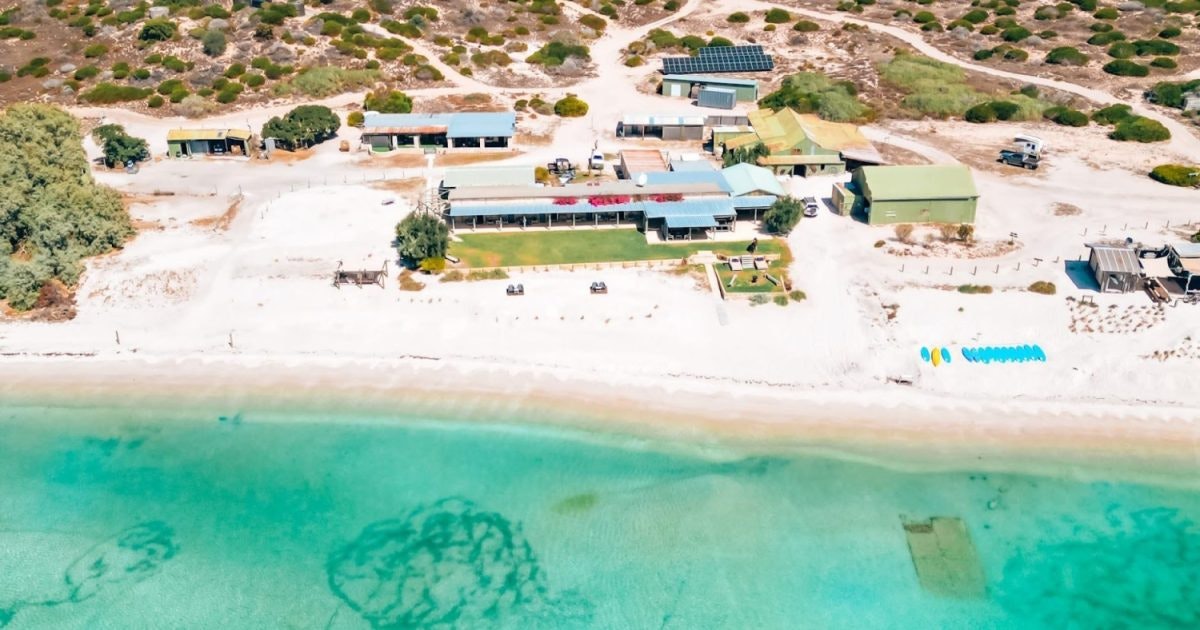
WULA GURA NYINDA/ FRANCOIS PERON NATION PARK
Wula Gura Nyinda offers a range of Aboriginal cultural experiences and ‘on Country’ tours, exploring the ancient historical and cultural ties of the region’s first people, the Nhanda and Malgana people. From kayak and wildlife adventures, to four-wheel drive experiences, overnighters and extended tours, there’s something for all tastes and interests. The tours visit the world-class Francois Peron National Park characterised by acacia- cloaked red dunes and arid shrublands framed by turquoise water, Hamelin Pool Stromatolites and Dirk Hartog Island.
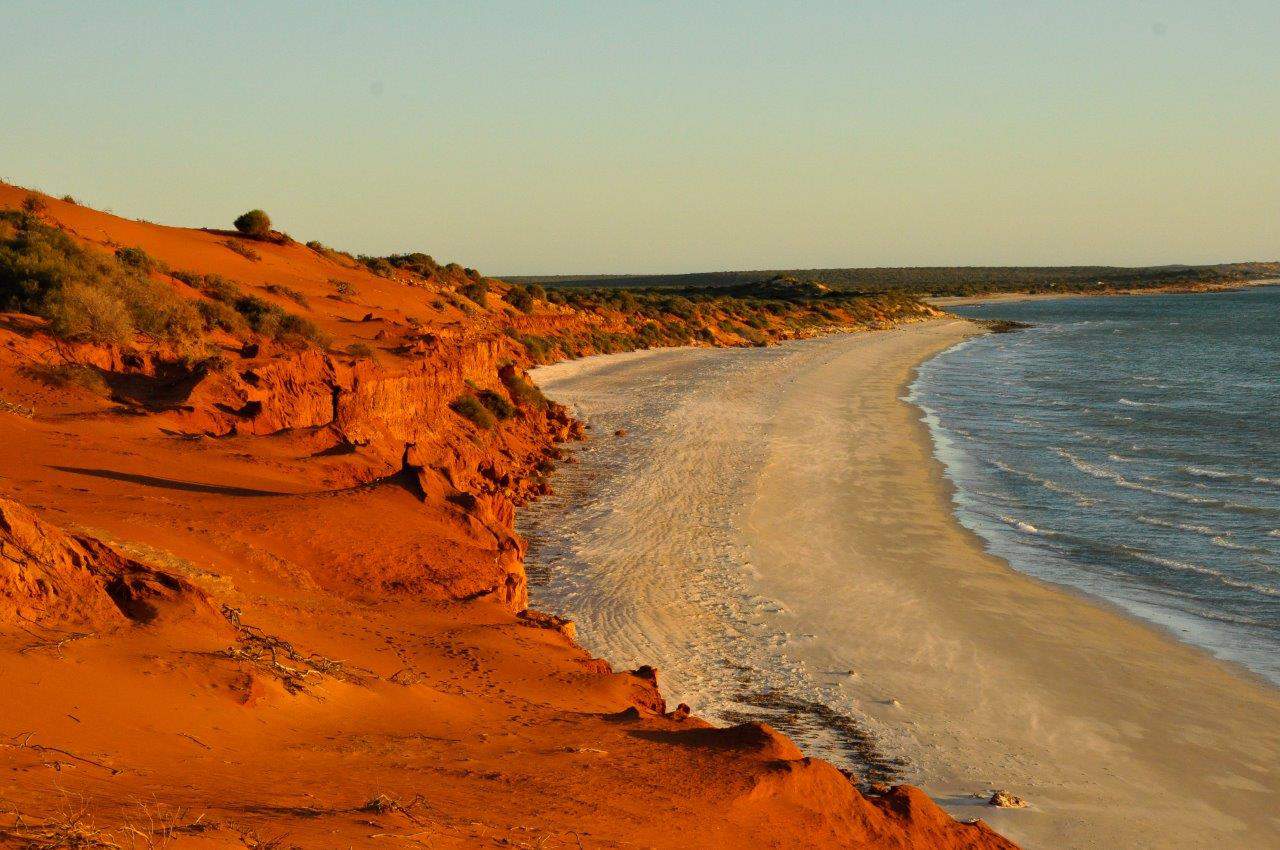
CORAL BAY BUGGY TOUR WITH CORAL COAST TOURS
If your preferred mode of transport is a buggy, you’re in for a treat. Embark on a wild journey where the outback meets the sea, with a tour over the sand dunes, along beach tracks and to the mesmerising snorkel site at Five Fingers Reef – which is only accessible by four-wheel drive. You’ll also have a knowledgeable guide showing you the way and teaching you about the destination’s local history and native wild and marine life.

QUOBBA STATION & RED BLUFF
Home to the notorious and Instagram-famous King Waves Kill sign, Quobba Station is an awesome spot to reconnect with nature and spend a couple of nights camping amongst the sand dunes. The station stretches 80 kilometres along the Indian Ocean, with two campsite choices – Quobba Homestead and Red Bluff. A stay here offers plenty of time to soak up the sun by the beach with incredible views, game fishing, and snorkelling. You’re just about certain to spot turtles and bottlenose dolphins, plus it’s a very popular area for humpback whale spotting during the season from May to October.
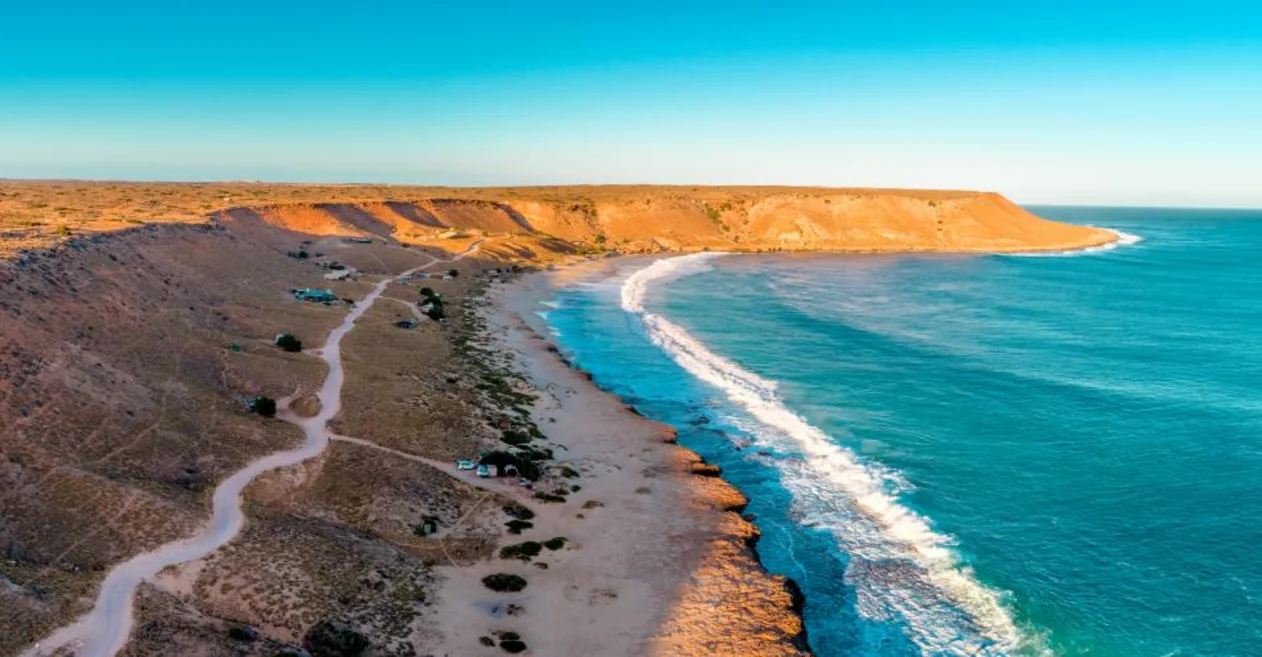
GNARALOO BAY
Gnaraloo Bay is a destination branded by world-class surfing and fishing, coupled with some of the country’s finest beaches and snorkelling. Just off the beach, the water is much calmer and perfect for kitesurfing or windsurfing. A mask and snorkel are a must and will see you discover some of Ningaloo’s most pristine coral gardens, sporting a bounty of marine life. The secluded spot is also a significant turtle rookery, home to one of the world’s largest populations of endangered loggerhead turtles.
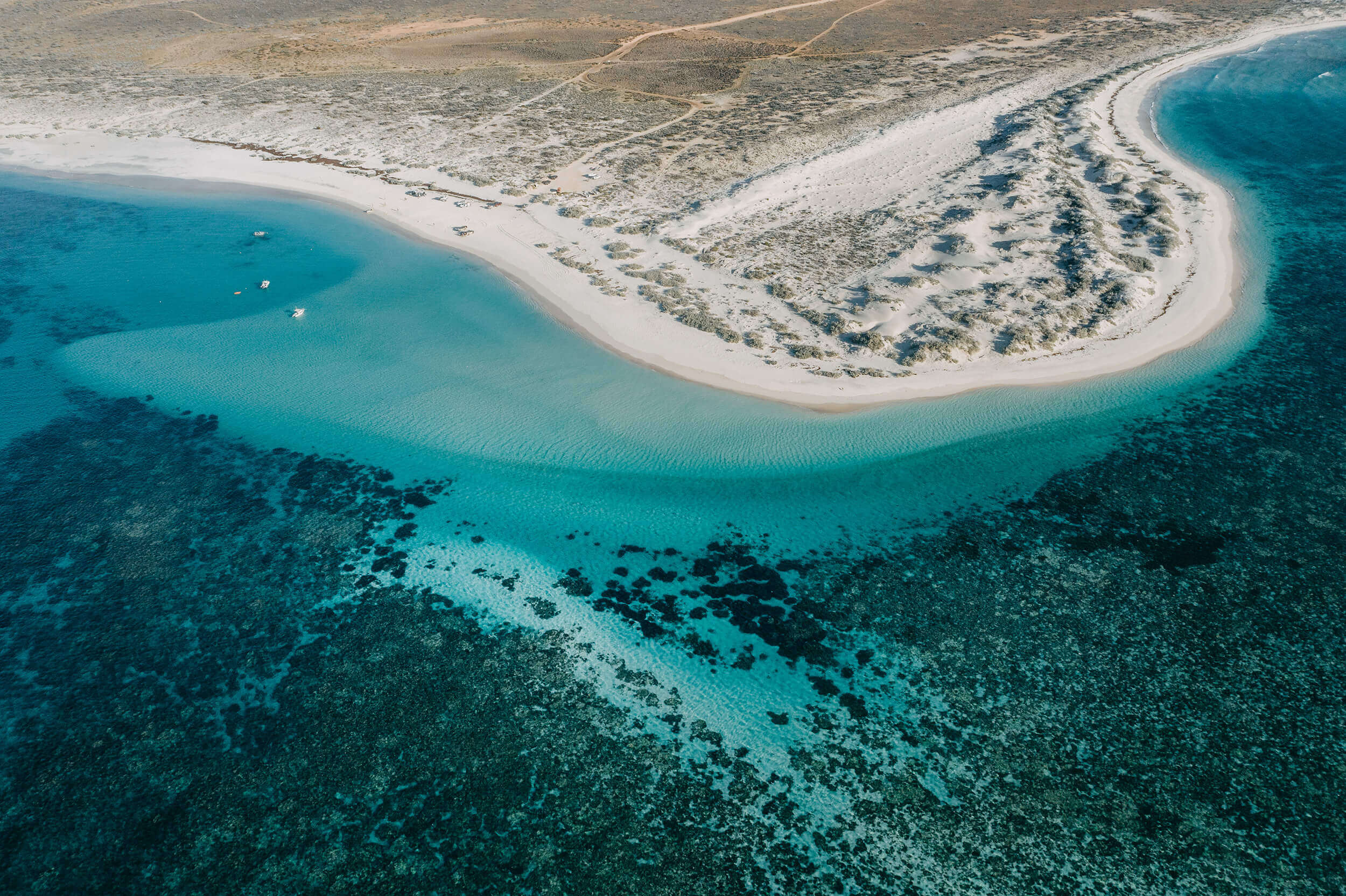
SHOTHOLE CANYON
Characterised by colourful, fossil laden rock layers, Shothole Canyon is a must-see natural attraction worthy of the bucket list. Located on the eastern side of Cape Range National Park, the environmental spectacle was named after the shot holes left by seismographic charge explosions during oil searches in Cape Range during the 1950s. Keep your eyes peeled for native wildlife, such as emus, echidnas, kangaroos, dingoes, lizards and wallabies, and if you’re around between August and October, you’ll witness some of the 630 species of wildflowers that burst into bloom throughout the National Park. The Class 4, 100 metre return Shothole Canyon Walk is also worth a whirl – the spectacular lookout vistas down the canyon towards Exmouth Gulf are second to none.

KENEDY RANGE NATIONAL PARK
Spanning 75 kilometres in length and ranging between 12 and 25 kilometres in width, Kennedy Range is a vast, ancient sandstone plateau. Days here are best spent picnicking, bush camping beneath the stars and stark sandstone cliffs and hiking the six walk trails. Guided day tours are a great way to explore the park at ground level, while scenic helicopter flights provide a more elevated, unique perspective from above. The park’s most popular site is Honeycomb Gorge – the rock face which was formed by the wind and water spray of a seasonal waterfall above the cliff-face. If you’re self-driving, keep in mind the roads in Kennedy Range National Park are unsealed, so a four-wheel drive is recommended.

